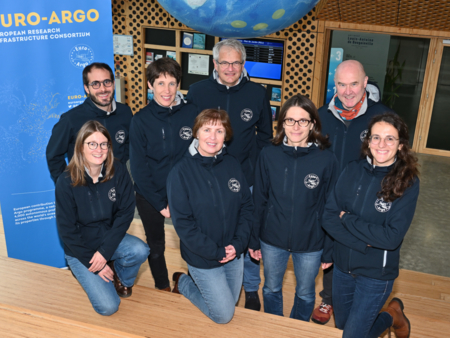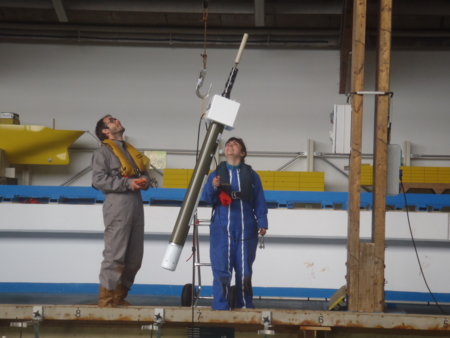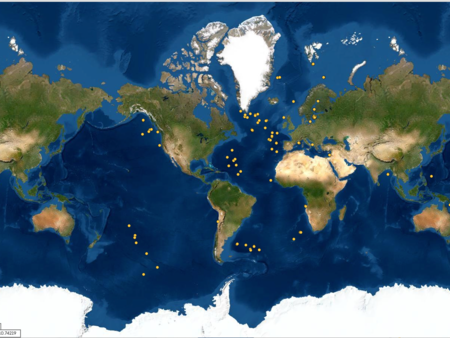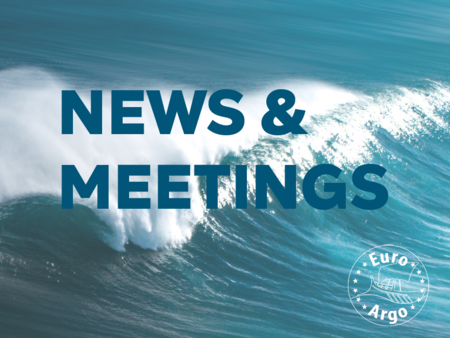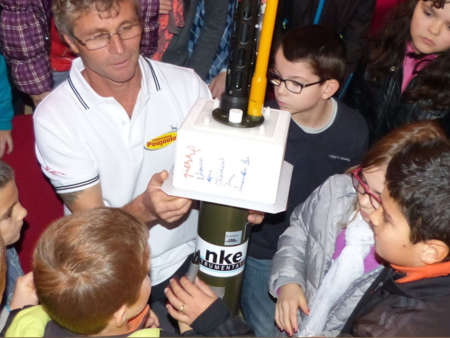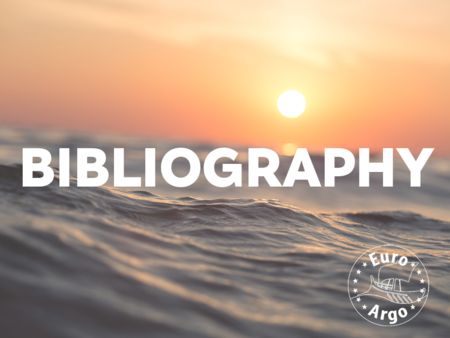Network implementation
European float procurement is done partly at the national level and partly by the ERIC Office, in all cases on the basis of open and competitive tenders.
Float deployments require adequate logistical support and easy access to information on research cruises for deployment opportunities. Euro-Argo, through collaboration between the ERIC Office and the national facilities, coordinates operations at sea and associated logistics (deployment opportunities, floats preparation, testing, shipping, field work monitoring, etc.).
Several aspects are taken into account to define the European implementation plan:
- the international Argo Steering Team recommendations
- the European strategy for Argo
- deployment opportunities
Implementation plan strategy
The Atlantic Ocean is a region of great interest for the European research community, and float deployments will be continued in this ocean, with a specific attention on keeping the appropriate sampling in equatorial and boundaries regions.
On account of the strong interest of the European community for the monitoring of marginal seas, Euro-Argo plans to contribute an additional 50 floats per year for strengthened monitoring in these areas.
The Mediterranean and Black Seas are strongly affected by human activities and climate change, and defined by variability scales much smaller than the global ocean. The aim is to double the Argo sampling in these southern Europe Seas, with 60 active floats at all time in the Mediterranean Sea and at least 10 active floats in the Black Sea. Different cycling and sampling characteristics have been selected for monitoring the thermohaline variability of these marginal seas, which include cycles of 5 to 10 days and parking depths between 350 and 650 m for Mediterranean and between 200 and 1550 m for the Black Sea. However, continuous assessments of the chosen float parameters are necessary and will be performed.
Argo activity in the Baltic Sea started in 2011 by Finland. Since the early results showed that Argo floats are extremely good instruments in the Baltic Sea conditions too, more Baltic Sea countries have engaged to Argo activity which enabled to cover all major sub-basins. In particular, Poland started its first Argo float deployments in the Baltic in 2016, in order to investigate inflow of saline oxygen rich water from Southern Baltic to the Central Baltic, and water mass exchanges between the Baltic Sea sub-basins. The recommendations for the Baltic Sea is to keep 7 active floats at all time: one float in the Bothnian Bay, two floats in the Bothnian Sea and four floats in the Baltic Proper. Recovering the floats on an annual basis is planned, with redeployment after laboratory calibration.
Euro-Argo partners have long-standing experience in float deployments in high latitudes. At present, the use of floats in the polar oceans is seriously impeded by the presence of sea ice. Nevertheless, the high latitudes are key regions of the global climate system and thus need to be monitored. Ice-avoidance algorithms for Southern Ocean, first developed by AWI for NEMO floats, have been successful in reducing damage to floats deployed in the seasonally ice-covered Southern Ocean and have helped to increase float lifetimes. Due to the strong research interest of European scientists in the Weddell Gyre and the already installed RAFOS array needed to locate the floats under ice, this area is one of the chosen places for a European enhancement of the global Argo. Euro-Argo aims at maintaining 50 active floats in the Weddell Gyre based on the nominal design density. Although the ice-resilience of Argo floats has been increased in recent years, for the Arctic Ocean, the seasonally ice-covered regions of the Baffin Bay and the other areas of the Nordic Seas, work still has to be done on the development of appropriate ice-sensing algorithms, based on the respective hydrographic conditions. Presently, other direct methods of ice-sensing, especially based on optical measurements, are being tested for the ice-covered high latitudes in the Baffin Bay.
Using the core-Argo target, the Euro-Argo recommendations include that a total of 39 Argo floats should be active in the Nordic Seas, among which one fourth within the boundary currents, with a parking depth of 500m. With the ongoing technological development, a further extension of the global Argo array in to the ice-covered areas of the Northern high latitudes - including Arctic - is envisioned (at about 5 years) and also coverage of the more severely ice-covered areas in the Nordic Seas (e.g. the East Greenland Current).
While the deployment of sensors for dissolved oxygen on Argo floats has been ongoing since 2003, the progressive addition of new bio-optical (e.g. Chla fluorescence, backscattering, radiometry) and other chemical sensors (nitrate, pH) to the system starts to let Biogeochemical-Argo (BGC-Argo) become a reality (see the Biogeochemical-Argo website here). Looking at various assessments and indicators to scale the size and distribution of a global BGC-Argo network, a target size of 1000 fully equipped BGC-Argo floats with uniform regional distribution is anticipated for the global array, which corresponds to 25 % of all Argo floats. Euro-Argo aims at contributing to this global effort at the same amount (i.e. 250 BGC Argo floats active), with an additional effort put on equipping half of the whole European fleet with oxygen sensors. Regional refinement is proposed depending on the interest of the research community for biogeochemical monitoring in specific seas or regions and it is expected that the European contribution will boost the BGC-Argo global network development.
Many recent studies have highlighted the crucial contribution of the intermediate, deep and abyssal oceanic layers to the global energy and sea level budgets. Pilot experiments have demonstrated the capability of floats to make interesting measurements up to 4000m and 6000m depth. Sensor development is continuing as well as evaluation of the design of the Deep-Argo array proposed by Johnson et al. (2015). On the long term, the target for the European contribution to the Deep-Argo array is about 20% of the international target, which, based on the Johnson et al. (2015)’s straw-plan would correspond to about 240 active floats.
The implementation of the core-Argo and the marginal seas, high latitudes, deep and BGC Argo extensions depends on the lifespan of the floats. This key indicator, that is region-dependant and expected to evolve based in particular on technological improvements, will be assessed continuously. The detailed numbers of floats to deploy provided in Euro-Argo ERIC (2016) to achieve the targets will thus have to be refined accordingly in the following years.
Euro-Argo network status
Basic information about the European contribution to the Argo network can be found on the maps bellow, generated by JCOMMOPS with data from the Argo Information Center. Detailed information - for instance on specific areas - can be retrieved using the tools provided by JCOMMOPS.

